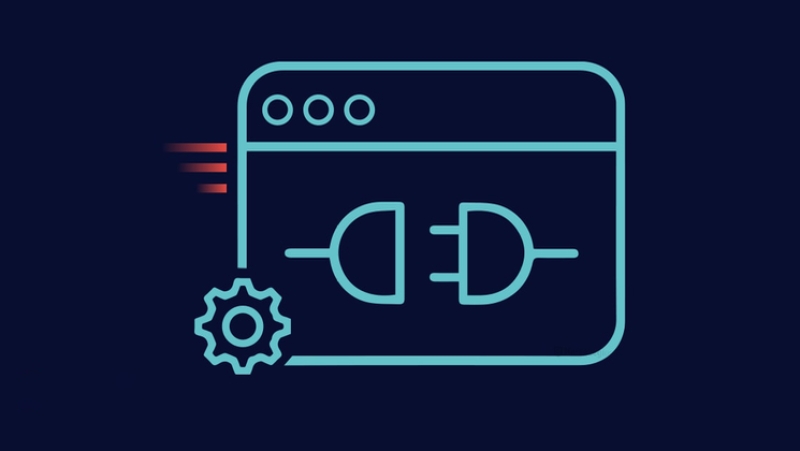
This article will introduce you to the types of APIs available in the field of information technology. Let's follow up now!
What is API?
API is also known as “Application Programming Interface”.
This is an intermediate connection mechanism including a set of definitions and protocols, allowing 02 software to communicate as well as interact, utilize capacity, share data... with each other.
Currently, API is being used a lot by the developer community and seems to have become an extremely important element in almost every application.
Essentially, an API is not a programming language.
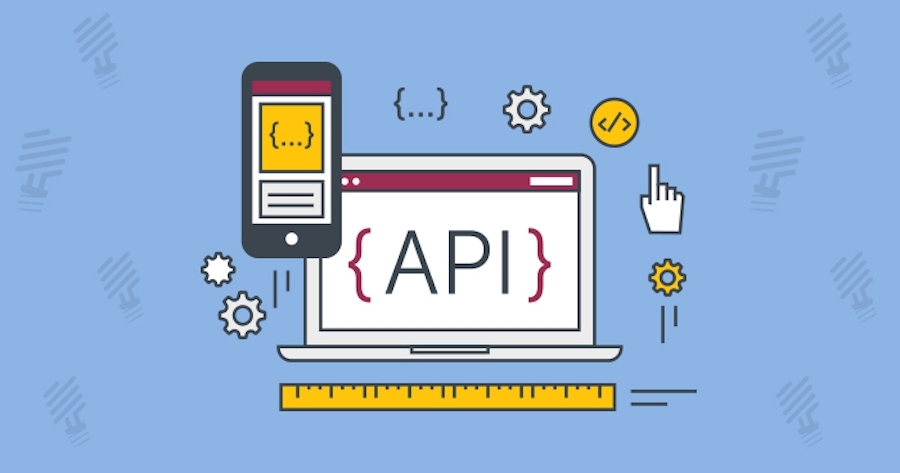
What types of APIs are there?
Based on the mode of operation
- SOAP API: This type of API uses a simple object access protocol, which is considered extremely inflexible and has only been widely used in the past.
- RPC API: This type of API is also known by another name “remote procedure call”.
- REST API: This is the most known type of API today, extremely flexible.
- WebSocket API: Here's another modern version of the Web API that uses JSON to transfer data. It is considered to be more efficient than REST API.

Based on access rights
- Open API: These are APIs that are open to the public, can be used by anyone and have no restrictions on access. Sometimes, they will require authorization or charge a fee.
- Internal API: These are internal APIs of an enterprise, only used to connect between systems and data in that company.
- Partner API: These are APIs that need specific authorization or permission to access.
- Synthetic API: This is a type of combination of two or more different APIs for the purpose of solving complex system requirements or behavior.
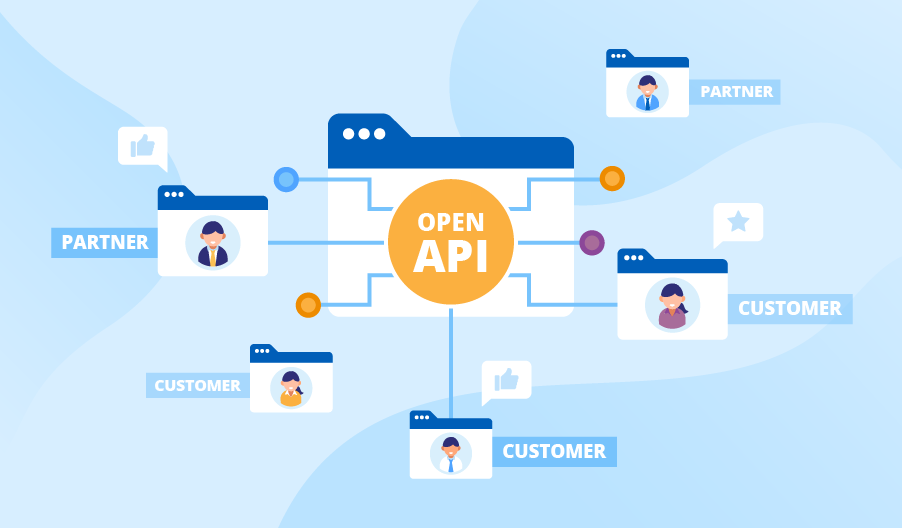
Based on sub-sector
APIs on operating system
Microsoft provides the Windows operating system and API documents that specify functions, methods and connectivity protocols for the developer community.
As a result, programmers have the ability to create many application software with functions that directly interact with the operating system.

Web-based APIs (Web API)
This type of API is currently being used extremely popularly in the field of Web programming.
Most of the major Websites on the market like Facebook, Shopee... are designed with Webapp with API system platform.
This allows you to connect, retrieve and sometimes update data to the system.
Almost every Web API is designed according to RESTful standards, usually with data format as JSON or XML...

APIs of software libraries & frameworks
This type of API describes as well as specifies the desired actions that the library provides.
An API can have many different operational implementations.
This allows a program written in one language to use a library built in another language.
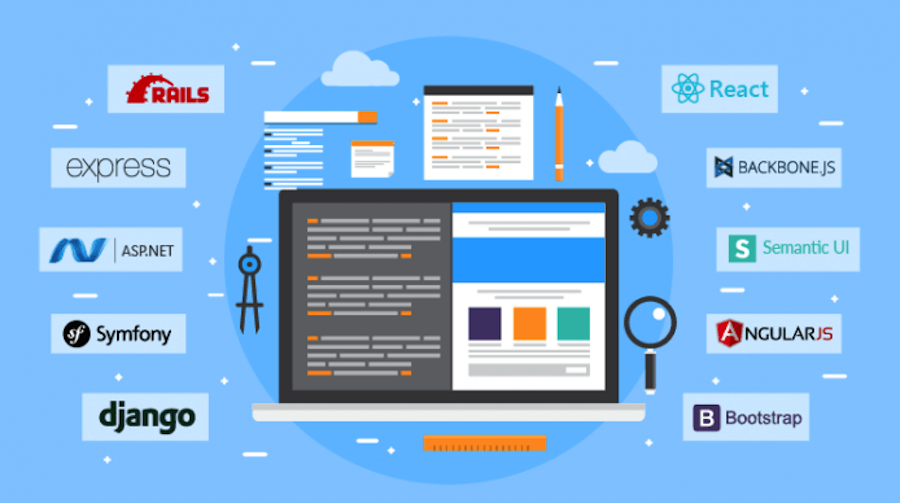
What are pros and cons of API?
Pros
- Possesses extremely high automation.
- Capable of replacing people to manage work effectively.
- Helping computer agencies update, process, complete their work faster and with better quality.
- Application is flexible, making it convenient to provide services and information.
- High adaptability makes data transmission better, information is also carefully selected.
- Personalize, create convenience for users.
- New data is always available, allowing all information to be created in an original form that is available to the public.
- Large extent, users are allowed to customize the Web API for providing personalized information.
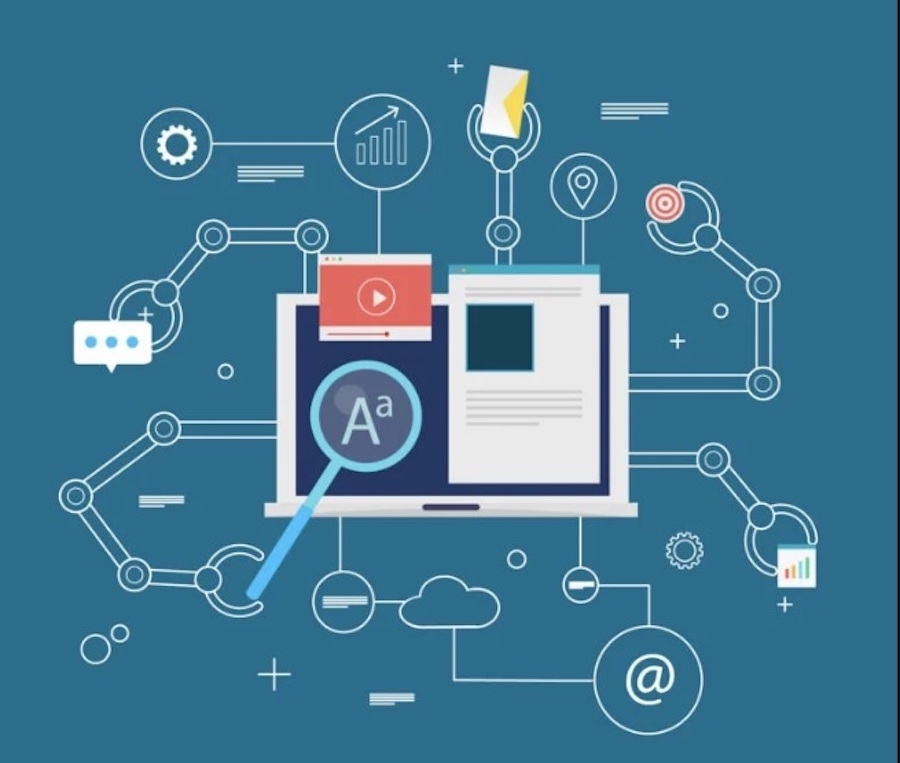
Cons
- Only supports GET and POST by default, not fully RESTful Service yet.
- Configuration hard to remember.
- Costly for operation and adjustment.
- Requires builder to have high professional skills.
- When the system is hacked, users are likely to have security problems.


